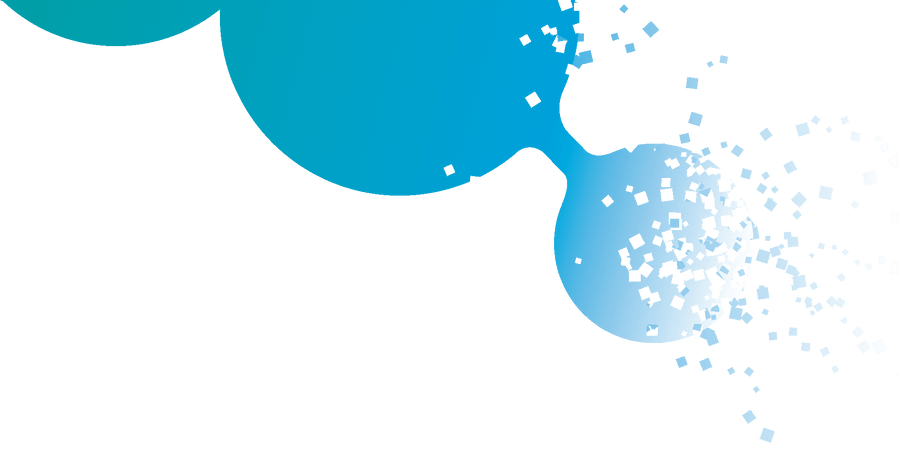Overview
Beginner level - network medicine - drug repurposing - disease mechanisms - protein-protein interactions - biological networks - computational pharmacology
In recent years, the field of network-medicine-based drug repurposing has produced a wealth of high-quality databases, algorithms, and tools designed for defining disease mechanisms and prioritising drug candidates. However, the sheer abundance of resources can be overwhelming for newcomers to this area of research.
In this tutorial on in silico network-medicine-based drug repurposing, we provide an introduction to the theoretical background and teach the hands-on skills required for getting started in this exciting and emerging research field. The tutorial covers essential concepts, data sources, algorithms, and state-of-the-art tools. Participants will be guided through all the major steps of a typical analysis workflow, including retrieving the required data from public resources, defining disease mechanisms, prioritising drug candidates, and assessing the reliability of the obtained results. These steps will be explored through commonly used tools and real-world case studies in hands-on sessions.
The tutorial concludes with a panel discussion addressing the current limitations, challenges, and future directions of the field.
Presenters
- Jan Baumbach, University of Hamburg, Germany
- David B. Blumenthal, Friedrich-Alexander-Universität Erlangen-Nürnberg, Germany
- Hryhorii Chereda, Friedrich-Alexander-Universität Erlangen-Nürnberg, Germany
- Fernando M. Delgado Chaves, University of Hamburg, Germany
- Lisa Spindler, Technical University of Munich, Germany
- Markus List, Technical University of Munich, Germany
- Andreas Maier, University of Hamburg, Germany
Learning objectives
The learning objectives include getting an overview of the concepts, available resources, algorithms, and tools for in silico network-medicine-based drug repurposing as well as obtaining the hands-on skills to conduct a typical analysis workflow. This encompasses:
1. Fetching the necessary data, such as disease-associated genes, protein-protein interactions, and drug targets, from publicly available databases through their web interfaces and APIs
2. Working with popular tools for network-medicine-based disease mechanism mining and drug prioritization through Python packages, visualization tools, and an automated Nextflow pipeline
3. Assessing the reliability of the obtained results
Schedule
| Time | Activity |
|---|
| 09:00 – 10:00 | Introduction to network-medicine-based drug repurposing |
| 10:00 – 10:30 | Databases for drug repurposing - Protein-protein interactions (STRING, BioGRID, IntAct, IID)
- Disease-gene associations (DisGeNet, OMIM, OpenTargets)
- Drug targets (DrugBank)
- Integrated knowledge graph (NeDRex)
|
| 10:30 – 10:45 | Coffee break |
| 10:45 – 11:15 | Databases for drug repurposing (hands-on) |
| 11:15 – 12:15 | Network-medicine tools - Graphical tools (Cytoscape, Drugst.One)
- Disease module evaluation (DIGEST)
- LLMs (DrugRepoChatter, Academate, ChatDRex)
- Live demonstration
|
| 12:15 – 13:00 | Lunch break |
| 13:00 – 14:00 | Network-medicine algorithms - Disease mechanism mining (ROBUST, DOMINO, DIAMOnD)
- Drug prioritization (TrustRank, Proximity)
- Hands-on session
|
| 14:00 – 14:30 | Nextflow pipeline for drug repurposing
|
| 14:30 – 14:45 | Coffee break |
| 14:45 – 15:15 | Nextflow pipeline for drug repurposing (hands-on)
|
| 15:15 – 16:15 | Panel discussion and wrap-up
|
Target audience and requirements
Maximum number of participants: 50
This tutorial is designed for researchers interested in systems biology, biological networks, network science and its algorithms, computational pharmacology, or drug repurposing. The target audience includes bioinformaticians, biologists, pharmacologists, and mathematicians.
The tutorial is tailored towards beginners, but participants should have basic programming experience (preferably in Python).
Participants are expected to have:
- A basic understanding of computational biology concepts.
- Familiarity with running commands in a terminal.
- Basic programming experience, preferably in Python.
- Access to a computer for hands-on exercises.
Organizer
- Jan Baumbach, University of Hamburg, Germany

